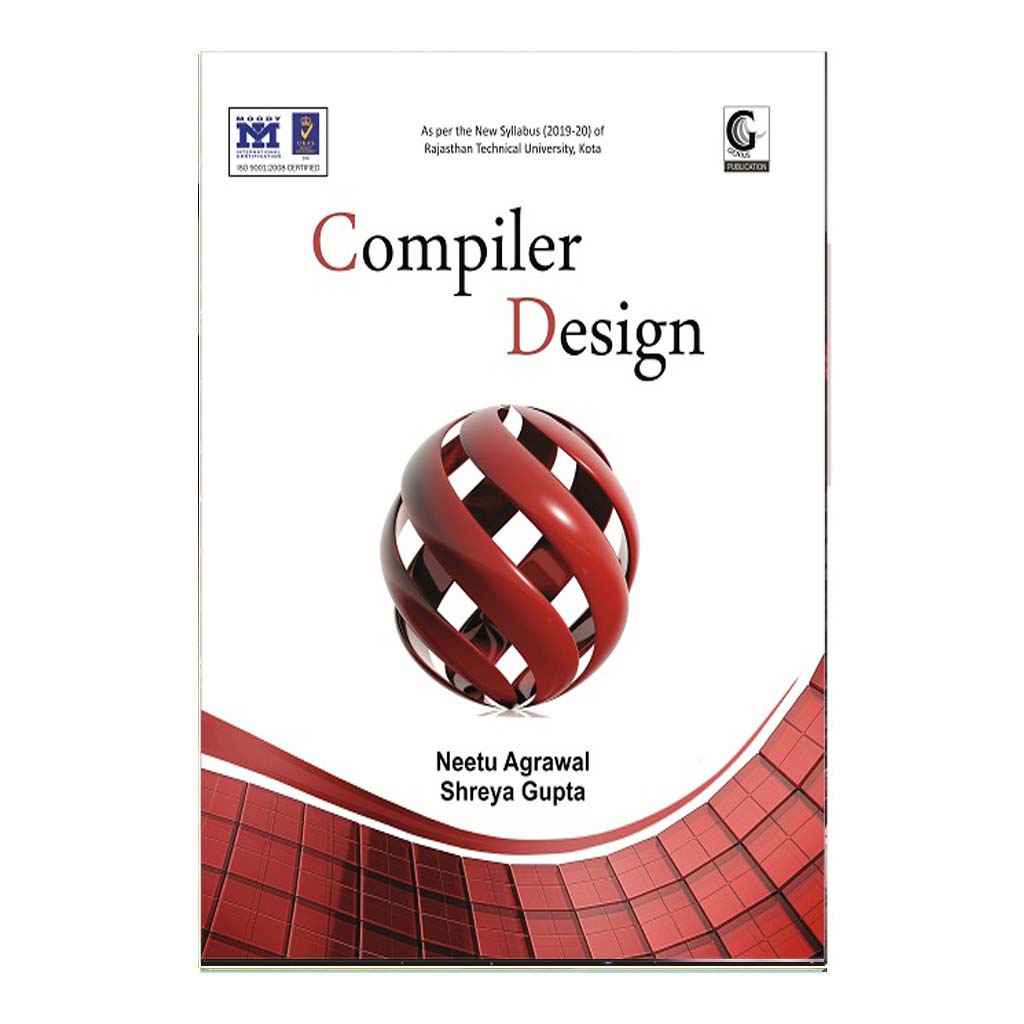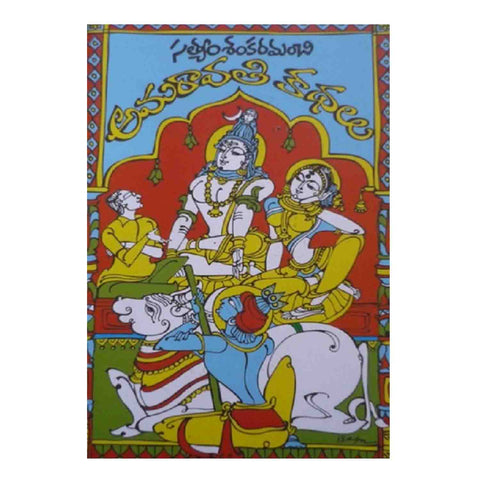
Compiler Design (English)
Unit 1. Introduction: Objective, scope and outcome of the course.
Unit 2. Introduction: Objective, scope and outcome of the course. Compiler,Translator, Interpreter definition, Phase of compiler, Bootstrapping, Review of Finite automata lexical analyzer, Input, Recognition of tokens, Idea about LEX:A lexical analyzer generator, Error handling.
Unit 3. Review of CFG Ambiguity of grammars: Introduction to parsing. Top down parsing, LL grammars & passers error handling of LL parser, Recursive descent parsing predictive parsers, Bottom up parsing, Shift reduce parsing, LR parsers,Construction of SLR, Conical LR & LALR parsing tables, parsing with ambiguous grammar. Operator precedence parsing, Introduction of automatic
parser generator: YACC error handling in LR parsers.
Unit 4. Syntax directed definitions; Construction of syntax trees, S-Attributed Definition, L-attributed definitions, Top down translation. Intermediate code forms using postfix notation, DAG, Three address code, TAC for various control structures, Representing TAC using triples and quadruples, Boolean expression and control structures.
Unit 5. Storage organization; Storage allocation, Strategies, Activation records,Accessing local and non-local names in a block structured language, Parameters passing, Symbol table organization, Data structures used in symbol tables.
Unit 6. Definition of basic block control flow graphs; DAG representation of basic block, Advantages of DAG, Sources of optimization, Loop optimization, Idea about global data flow analysis, Loop invariant computation, Peephole optimization, Issues in design of code generator, A simple code generator, Code generation from DAG.
-
Author: Nitu Agarwal
- Publisher: Genius Publications (Latest Edition)
- Language: English





